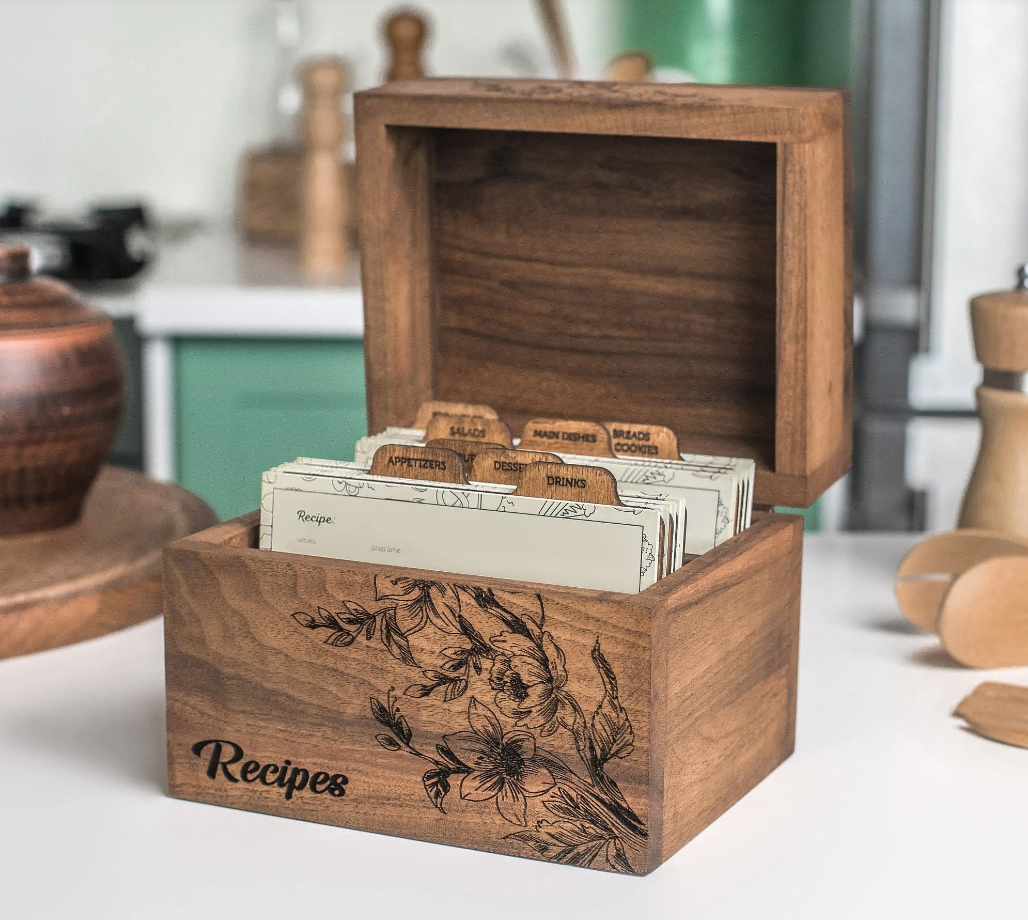TABLE OF CONTENT:
- Do People Still Use Recipe Boxes? Exploring Tradition in a Digital Age
- Introduction
- What is a Recipe Box?
- Why Do Some People Still Use Recipe Boxes?
- The Rise of Digital Alternatives
- Comparing Digital and Physical Recipe Storage
- Popular Uses for Recipe Boxes Today
- How to Start Your Own Recipe Box Collection
- FAQs

Do People Still Use Recipe Boxes? Exploring Tradition in a Digital Age
As technology continues to evolve, many kitchen traditions have shifted to the digital space. But do people still use recipe boxes? In this article, we’ll explore the enduring appeal of recipe boxes and how they compare to digital alternatives.
Introduction
Recipe boxes, once a staple in every household, are physical containers where recipe cards are stored, organized, and often passed down through generations. With the rise of recipe apps, cloud storage, and digital cookbooks, the question arises: Do people still use recipe boxes?
What is a Recipe Box?
A recipe box is a small container, often wooden or metal, used to store recipe cards. These boxes typically come with dividers to help organize recipes into categories, such as appetizers, main courses, and desserts. Over time, they become a collection of family favorites, treasured as a culinary legacy.
Why Do Some People Still Use Recipe Boxes?
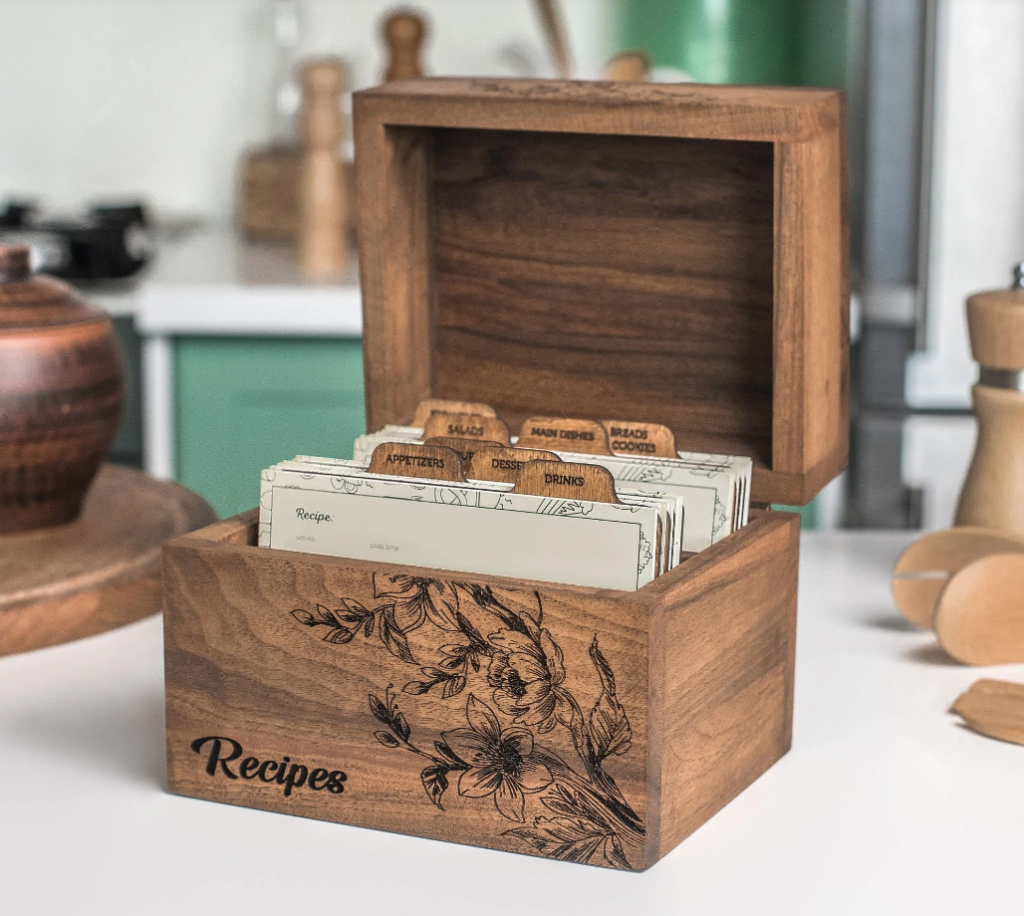
1. Sentimental Value
Recipe boxes are often passed down through generations, preserving family recipes that carry personal and cultural significance. They offer a tangible connection to the past that digital tools cannot replicate.
2. Tactile Experience
Many people enjoy the hands-on experience of writing, holding, and flipping through recipe cards. This tangible connection to food preparation can be comforting and personal, adding a layer of tradition to the cooking process.
3. Personalization
Recipe boxes can be customized with engravings or designs, making them unique to each individual or family. Personalized recipe boxes are often given as gifts for weddings, housewarmings, or special occasions, adding a sentimental touch.
4. Gift Potential
For those who love to cook or bake, a personalized recipe box is a thoughtful and meaningful gift. It can be filled with favorite family recipes, making it a keepsake that lasts for years.
The Rise of Digital Alternatives
While recipe boxes hold sentimental value, the convenience of digital storage has led many to transition to apps, websites, and cloud-based platforms:
- Recipe Apps: Apps like Paprika, Plan to Eat, and Recipe Keeper allow users to save, organize, and search for recipes instantly.
- Web-Based Storage: Websites like AllRecipes and Pinterest make it easy to find and store recipes online.
- Cloud Storage: Digital solutions like Google Docs or Evernote allow users to access their recipes from any device, anywhere.
The shift to digital offers quick searchability, easy sharing, and the ability to store unlimited recipes, which is why many home cooks have embraced these alternatives.
Comparing Digital and Physical Recipe Storage
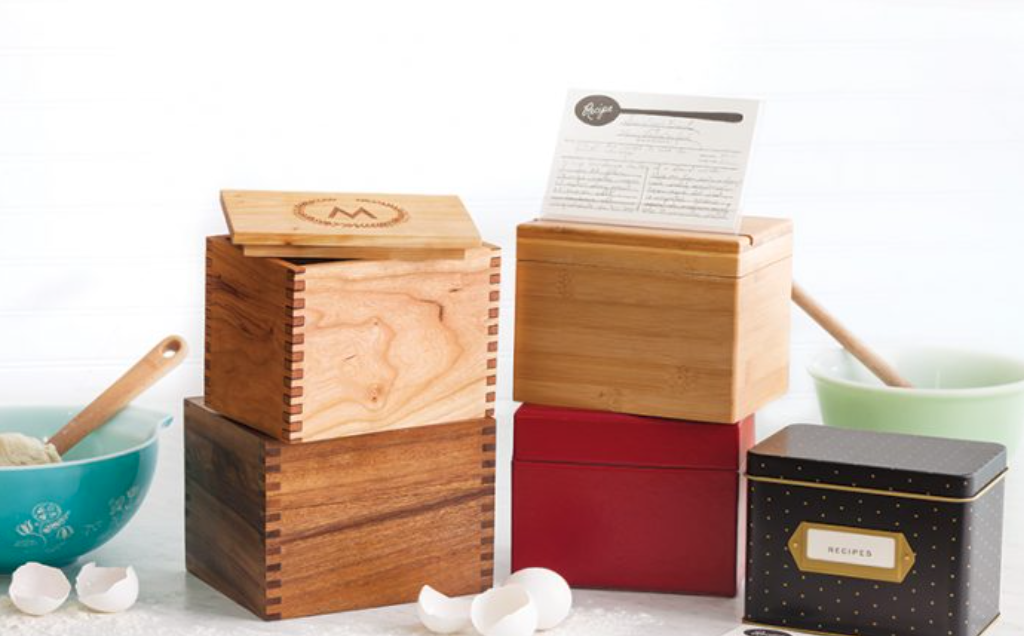
Advantages of Digital Storage
- Accessibility: Digital recipes are available at your fingertips, whether you’re in the kitchen or at the grocery store.
- Searchability: You can quickly search for recipes by ingredient or meal type, saving time.
- Sharing: Digital recipes can easily be shared with friends and family via email, social media, or messaging apps.
Advantages of Physical Recipe Boxes
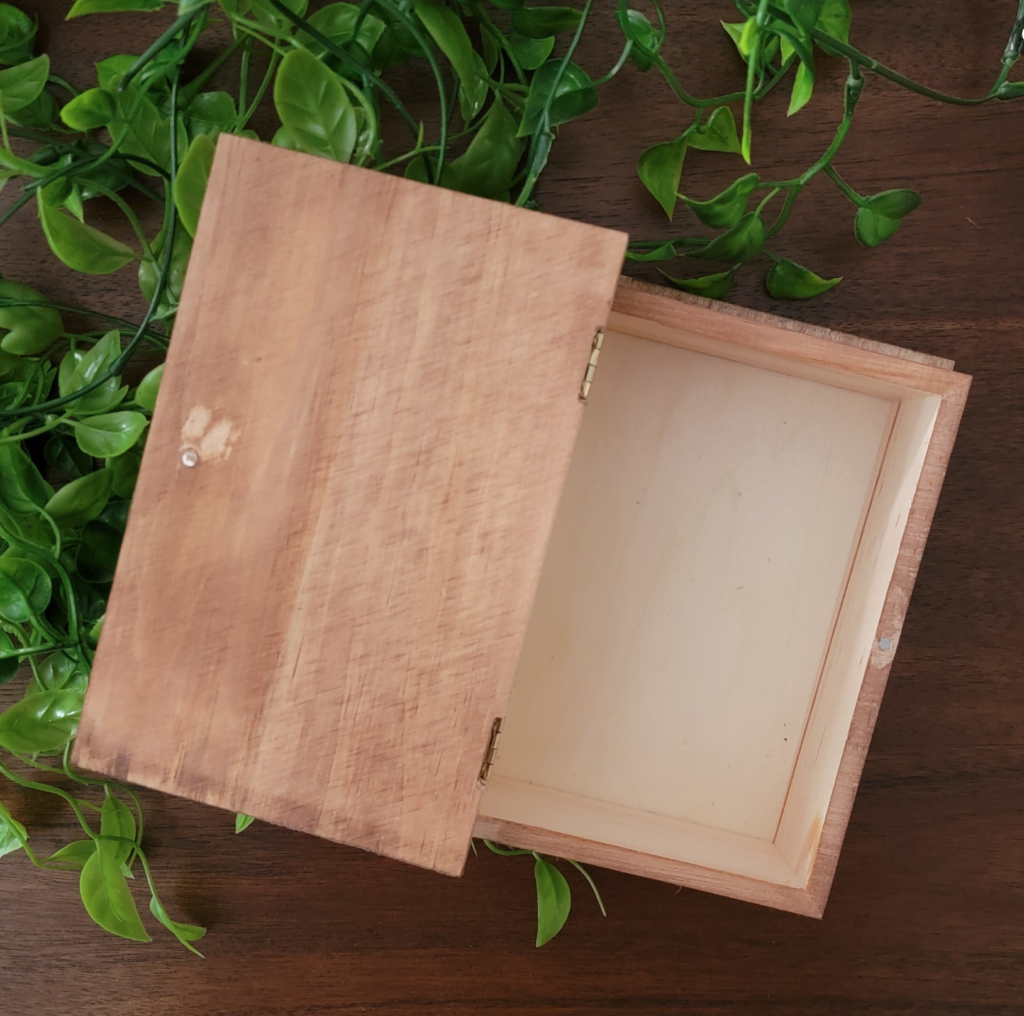
- Sentimental Value: A recipe box filled with handwritten cards can become a family heirloom, passed down through generations.
- Customization: You can personalize a recipe box with engravings or monograms, making it a unique keepsake.
- Durability: Physical recipe boxes last for years and require no technology, electricity, or internet access to use.
Popular Uses for Recipe Boxes Today
Despite the rise of digital solutions, recipe boxes continue to have a place in modern kitchens. Many people use them to:
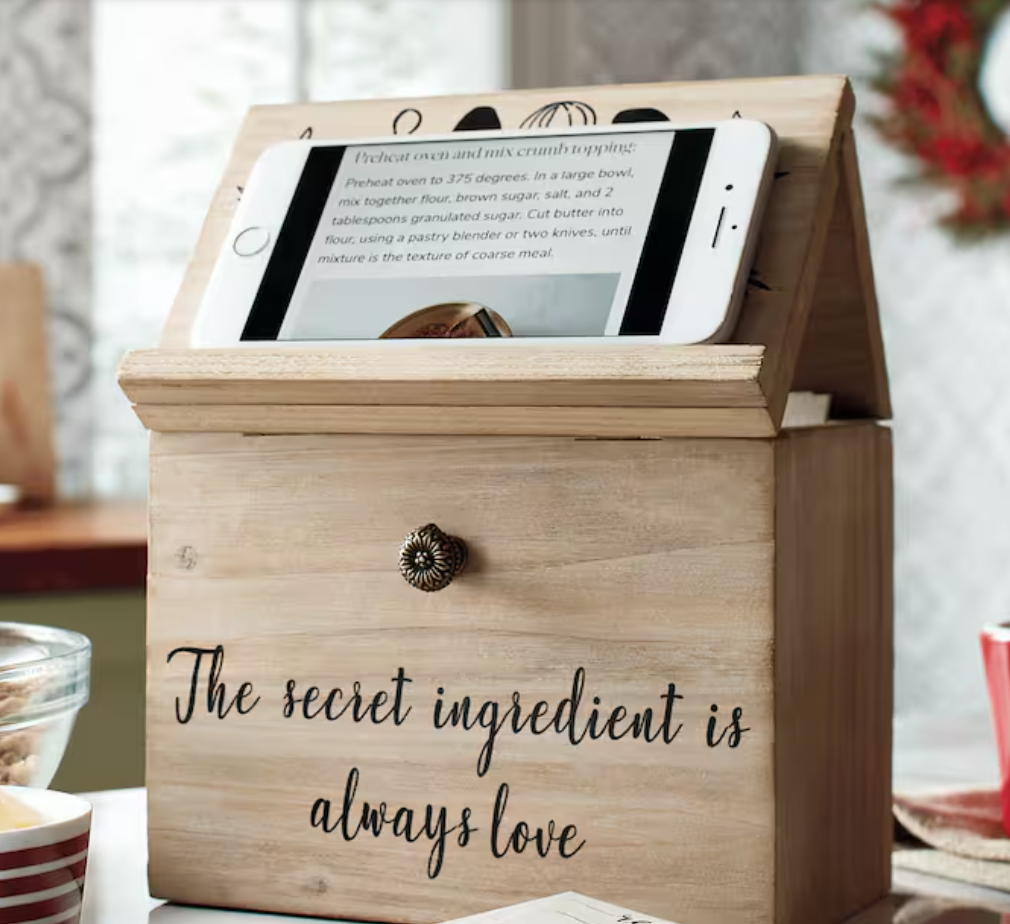
- Store Family Recipes: Keep traditional family recipes safe and organized for future generations.
- Organize Special Collections: Create themed recipe collections for holidays, seasons, or specific types of meals (e.g., vegetarian dishes, desserts).
- Host Recipe Swaps: Recipe boxes are perfect for recipe exchange events where participants share handwritten recipes on cards.
- Complement Digital Storage: Some cooks use a hybrid system, where they keep cherished recipes in a physical box while using digital storage for everyday recipes.
How to Start Your Own Recipe Box Collection

Starting your own recipe box collection is simple:
- Choose a Recipe Box: Select a material that matches your kitchen décor or personal taste—wood, bamboo, leather, or metal.
- Personalize It: Many retailers offer custom engraving or monogramming to make the box uniquely yours.
- Organize by Category: Use dividers to separate recipes by type (e.g., appetizers, mains, desserts), making it easier to find what you’re looking for.
- Handwrite or Print Recipes: Add handwritten or printed recipes to your collection, including family favorites or new finds.
For more options, explore Amazon’s personalized recipe boxes and Etsy’s custom recipe boxes.
FAQs
Are recipe boxes outdated?
While digital solutions have become more common, many people still value the sentimental and tactile experience of a physical recipe box, especially as a family heirloom.
Can recipe boxes be used for other purposes?
Yes! Recipe boxes can also be used to store photo cards, index cards, or even as a decorative piece in your kitchen.
What’s the best material for a recipe box?
Wood is a popular choice due to its durability and classic look, but bamboo, metal, and leather are also excellent options depending on your style.
How can I digitize my physical recipe cards?
You can scan or photograph recipe cards and store them in cloud-based apps or services like Google Drive, Dropbox, or Evernote, combining the benefits of both digital and physical storage.

